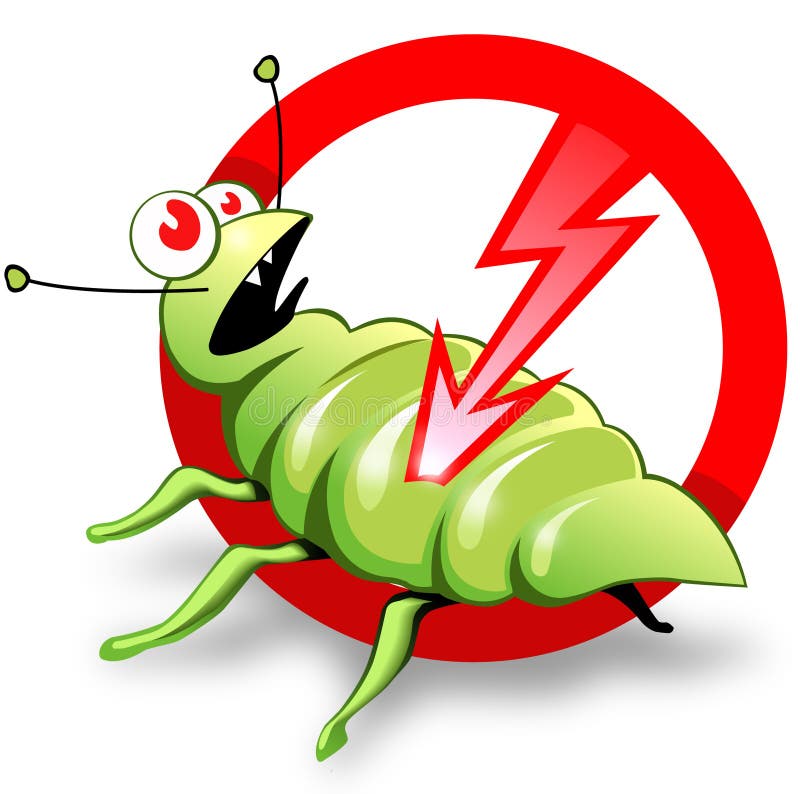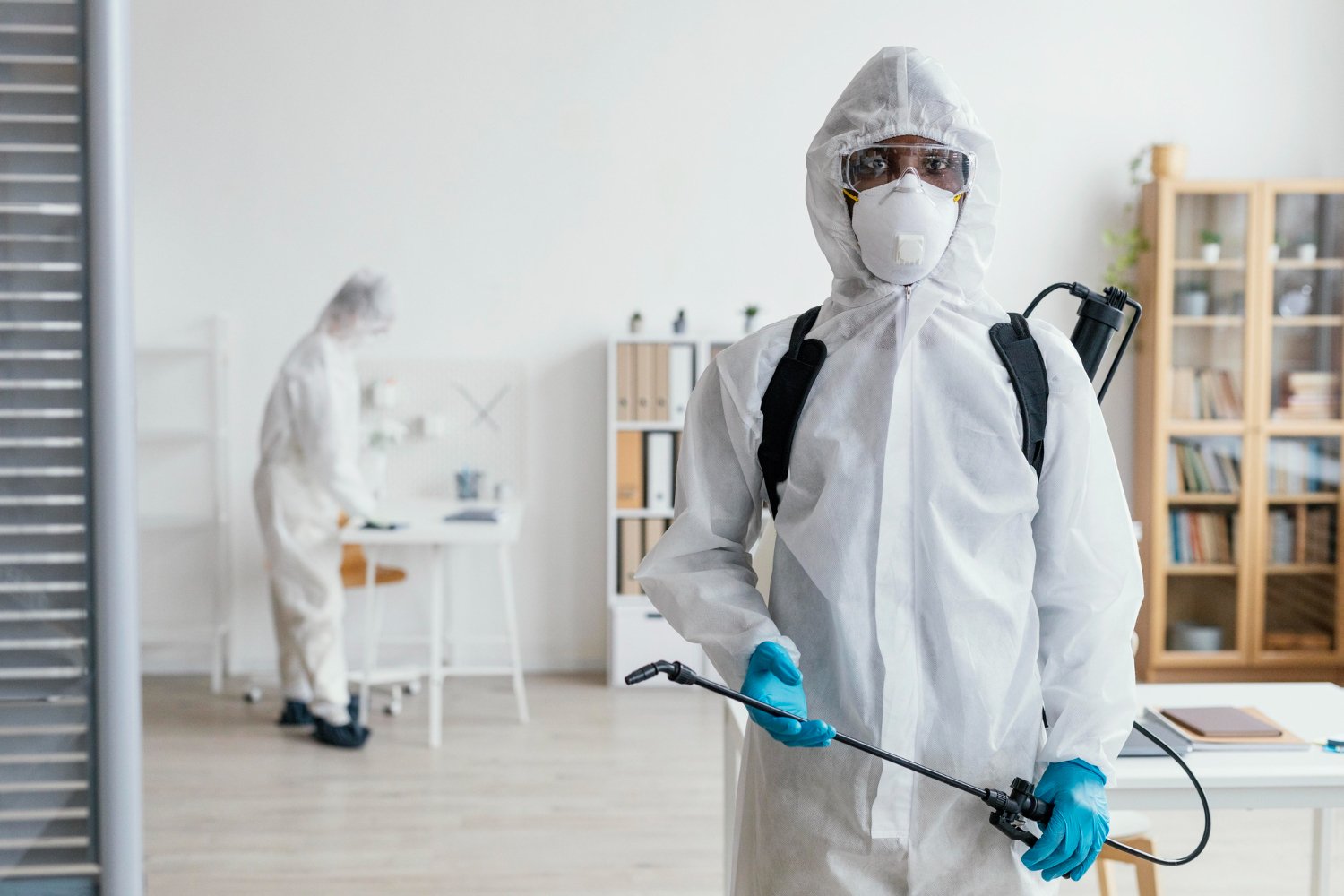Stop Future Infestations with Services from Pest Control Lockhart
Stop Future Infestations with Services from Pest Control Lockhart
Blog Article
Discovering Invasion and Therapy Approaches on the planet of Parasite Control
The landscape of insect control incorporates a myriad of obstacles, particularly as invasions of usual household parasites proceed to advance. By incorporating preventative actions with sophisticated monitoring techniques, such as Integrated Insect Management (IPM), homeowners can much better secure their atmospheres.

Common Family Vermin
When it involves managing our living spaces, comprehending typical house parasites is critical. These pests not just disrupt our convenience yet can additionally posture health risks and damage residential or commercial property. The most prevalent house pests include ants, roaches, rats, termites, and bed insects.
Ants, frequently seen foraging in kitchens, can infect food and establish large swarms. Rats, including computer mice and rats, can trigger structural damages and bring diseases like hantavirus and salmonella.
Identifying the indications of these insects, such as droppings, nests, or attack marks, is necessary for early treatment (Pest Control Lockhart). Appropriate sanitation techniques, sealing entry factors, and keeping a clutter-free environment work preventative procedures. By identifying these usual home pests and recognizing their habits, property owners can take aggressive steps to minimize invasions, ensuring a healthier living setting
Comprehending Pest Infestations
Parasite invasions can rise rapidly, transforming a minor nuisance right into a significant trouble otherwise attended to promptly. Comprehending the nature of these problems is essential for efficient monitoring. Insects can get into household and commercial areas for numerous reasons, including the look for food, sanctuary, or breeding grounds. Common aspects adding to infestations include bad hygiene, architectural susceptabilities, and seasonal changes that drive insects inside your home.
Determining the kind of pest is vital, as different types exhibit diverse habits and reproductive rates. Rats might develop nests in covert areas while insects like cockroaches flourish in damp settings. Early detection commonly rests on identifying indicators such as droppings, munch marks, or uncommon noises, which can suggest an issue before it becomes extreme.
Cozy, humid environments can promote the quick growth of bug populations, while modifications in landscape design or building can accidentally create favorable atmospheres. An enlightened method to recognizing these characteristics lays the groundwork for efficient parasite management methods in the future.
Therapy Approaches and Techniques
Efficient therapy approaches and techniques are vital for minimizing pest invasions and bring back a safe atmosphere. A complex strategy is frequently best, integrating chemical, organic, and mechanical approaches customized to the specific insect and the intensity of the infestation.
Chemical treatments include making use of pesticides and herbicides, which can successfully remove parasites. However, proper application and adherence to safety standards are crucial to minimize risks to humans and non-target organisms. Integrated Bug Management (IPM) encourages the sensible use of chemicals as a last option, relying instead on monitoring and threshold degrees to establish treatment demands.
Biological control read this article methods entail introducing all-natural predators or bloodsuckers to minimize insect populations. This technique is significantly anchor popular, specifically in farming settings, as it promotes ecological sustainability.
Mechanical techniques, such as traps and obstacles, offer prompt alleviation from pests without introducing chemicals. Alternatives include sticky catches for insects or physical obstacles for rodents.
Inevitably, the choice of therapy method ought to consider the details insect, the setting, and potential influences on human health and ecosystems. A balanced mix of these strategies can successfully take care of infestations while advertising lasting insect control remedies.
Preventive Procedures for Homes
Proactively attending to parasite problems prior to they escalate is important for keeping a healthy home environment (Pest Control Lockhart). Carrying out reliable safety nets can significantly minimize the probability of infestations, inevitably safeguarding both your building and wellness

Appropriate landscape design also plays a vital duty in avoidance. Maintaining bushes and trees trimmed away from your house decreases the possibilities of insects discovering their means inside. Make certain that water drainage systems are operating effectively to avoid standing water, which can draw in insects and various other bugs.
Lastly, regular examinations are a good idea. Routinely looking for indications of bug activity enables for early intervention. By taking on these safety nets, home owners can produce an environment that is much less welcoming to insects, thereby boosting their general lifestyle and reducing the requirement for comprehensive pest control treatments.
Commercial Parasite Control Techniques
A comprehensive technique to commercial bug control is crucial for companies intending to keep a secure and hygienic setting. Effective approaches entail a mix of normal assessments, employee training, and the application of Integrated Pest Administration (IPM) techniques.
Routine examinations enable very early detection of bug task, enabling for prompt intervention. Services should establish a regular timetable for these assessments, concentrating on risky locations such as kitchen areas, storeroom, and garbage disposal sites. Worker training is just as important; team should be informed on the indications of parasite infestations and the significance of reporting them quickly.
Implementing IPM practices helps reduce bug concerns sustainably. This consists of environment modification, such as sealing entry points and decreasing mess, in addition to employing natural deterrents before turning to pop over to this web-site chemical therapies.

Additionally, teaming up with a qualified pest control company makes sure accessibility to professional expertise and advanced therapy options. This collaboration can bring about tailored parasite control intends customized to the certain requirements of business, lessening risks and improving overall efficacy. Ultimately, an aggressive and enlightened technique promotes a pest-free atmosphere, protecting both public health and company credibility.
Conclusion
In verdict, efficient pest control requires a comprehensive understanding of usual household bugs and their behaviors, combined with targeted therapy methods. Executing preventive steps along with treatment methods such as Integrated Parasite Management and organic control boosts the ability to alleviate problems.
Report this page